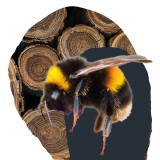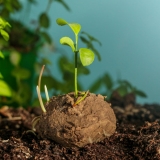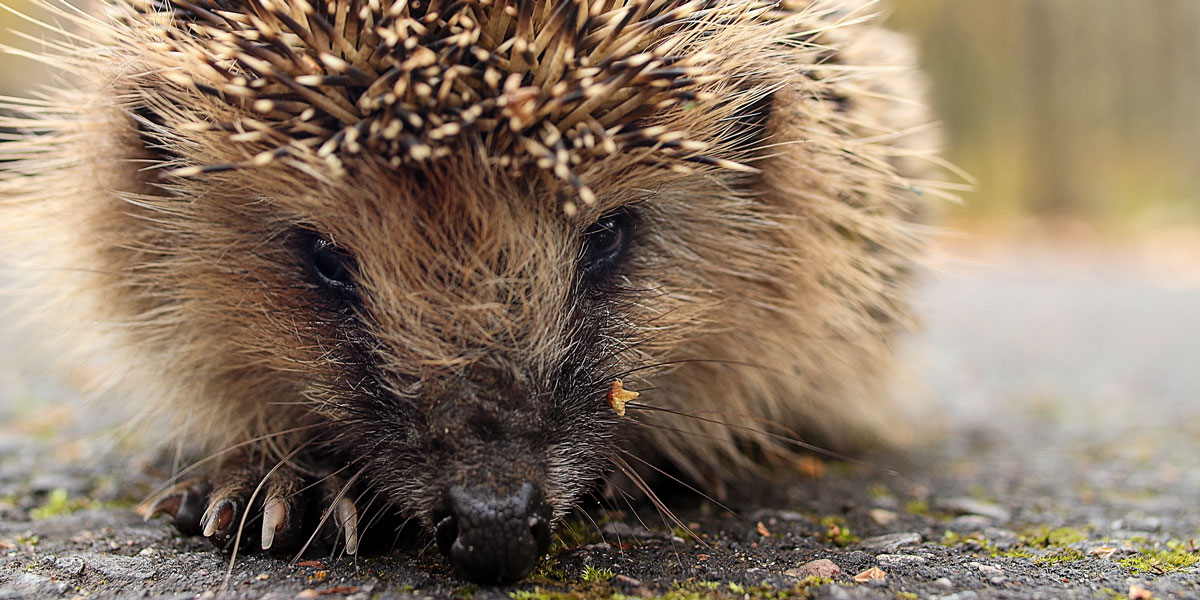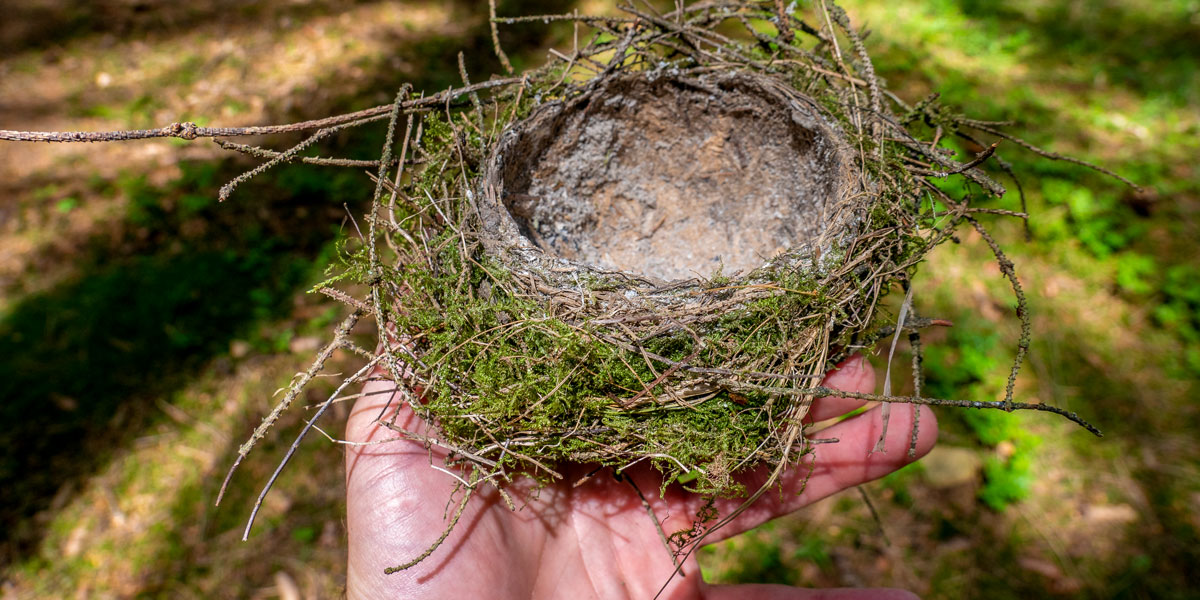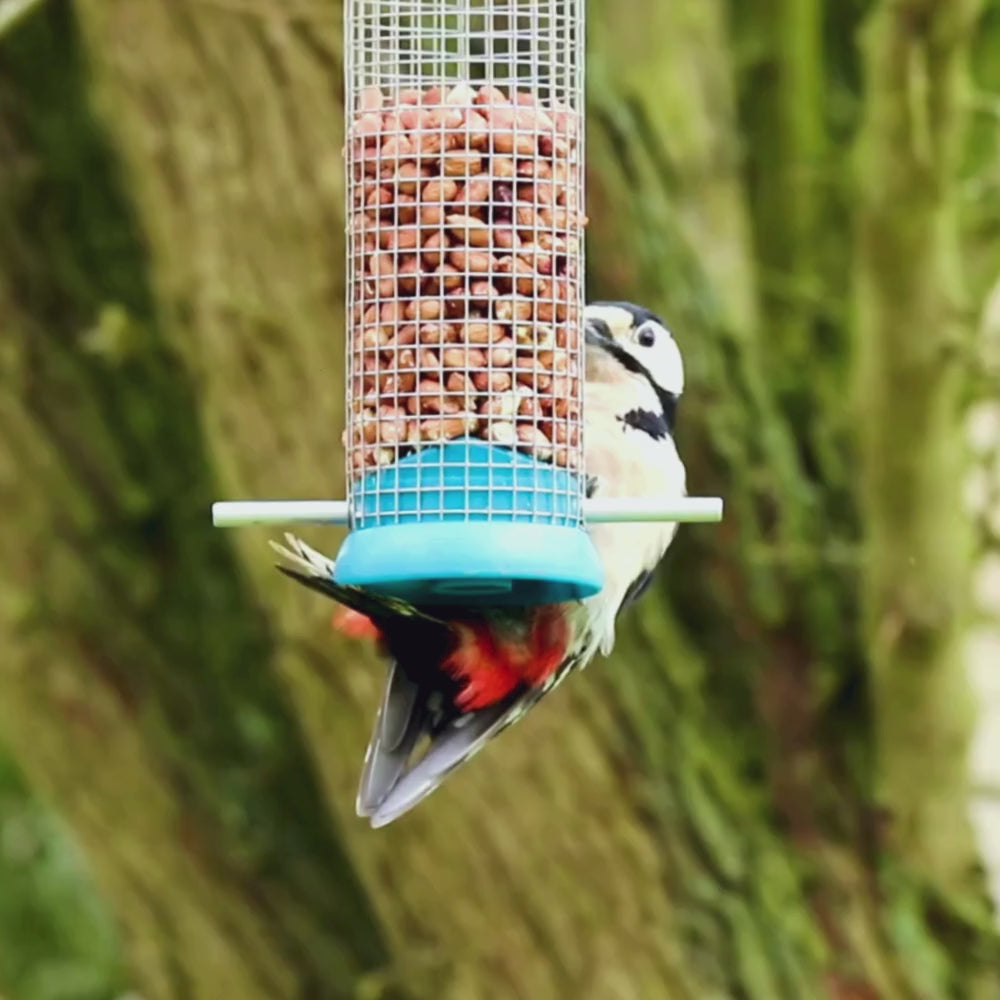Explore Our Garden Wildlife Blog
Browse or search by Category or Keyword below, alternatively click on any Tag to see related articles.
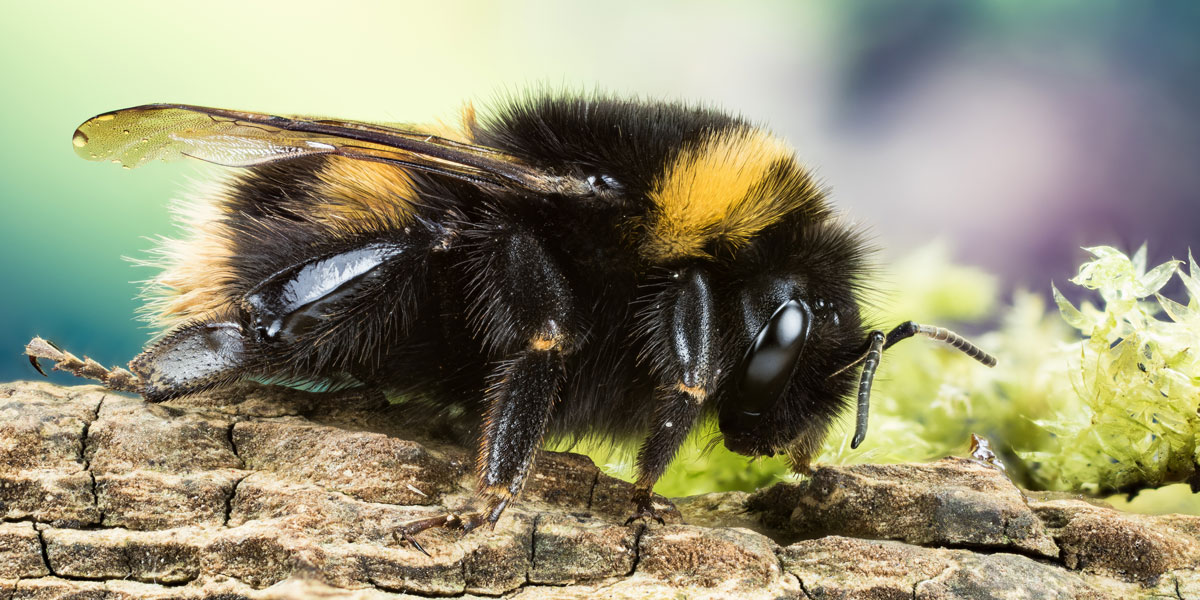

Bumblebee Identification and Facts
By Ark Wildlife
2nd September 2013
Last Updated: 9th September 2022
Bumblebee Identification
Bumblebees are one of the most familiar and easily recognisable insects in the UK. Watching them fly around from flower to flower, and hearing their soothing buzz as they go about their business of collecting pollen, is a quintessential part of British summertime.
They are distinguishable from their cousins the honey bee and the numerous species of solitary bee, mainly by their larger size and furry bodies. Of the 24 species that currently reside in the UK there are six or seven that can be found in our gardens, and with the exception of the carder bee (normally all brown in colour) they will be displaying black bodies with white or red tails and a variation of yellow stripes. Only female bumblebees have a sting, and this is rarely used unless under extreme provocation.

Reproduction
In early spring, solitary queen bumblebees emerge, firstly feeding to build up energy reserves expended during hibernation, and then scouting round for a suitable nesting site. Once a site has been chosen, the queen bumblebee begins to collect pollen from flowers to bring back to the nest. She forms a mound from this pollen combining it with wax (which she secretes from her body) and lays the first brood of eggs. This first brood are the worker bees, infertile females who not only forage for nectar and pollen from nearby flowers but also clean and protect the nest. Several more generations of workers are produced as older bees literally die of exhaustion after about two months of intense activity.
As the season progresses, the queen bumblebee lays eggs which will become the fertile next generation of queens and males. After mating, the males die off, as does the old queen and remaining workers, leaving the new, fertilised queens to go into hibernation to repeat the whole process the following year.
Habitat
Bumblebee nest sites can vary between the different species. Most of the commoner species (unlike solitary bees who prefer plenty of sunshine) prefer dry, dark cavities and nests can turn up in a variety of unexpected places. They do not like to nest in areas with prolonged exposure to sunlight as this can heat the nest too much. In gardens, bumblebees tend to nest in relatively undisturbed areas such as shaded corners. Some will also nest under structures such as sheds or in compost heaps and they have been known to inhabit empty bird boxes. Bumblebee colonies vary in size and, although small in comparison to honey bees, the nests can include up to 400 individuals. They depend almost entirely on nectar for their food so it is essential to have a plentiful and wide variety of flowers available throughout the spring and summer months.
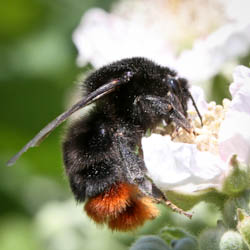

Role in the garden
The hairy nature of bumblebees means that they become liberally dusted with pollen as they visit flowers. When the bee moves to another flower of the same species, some of the pollen is transferred to the female part of the flower. The pollen grains germinate and the plant is then able to set seeds. This process of pollination is vital for many flowering plants, which rely wholly on insects to transfer pollen from flower to flower. Numerous garden fruits and vegetables also require insect pollination.
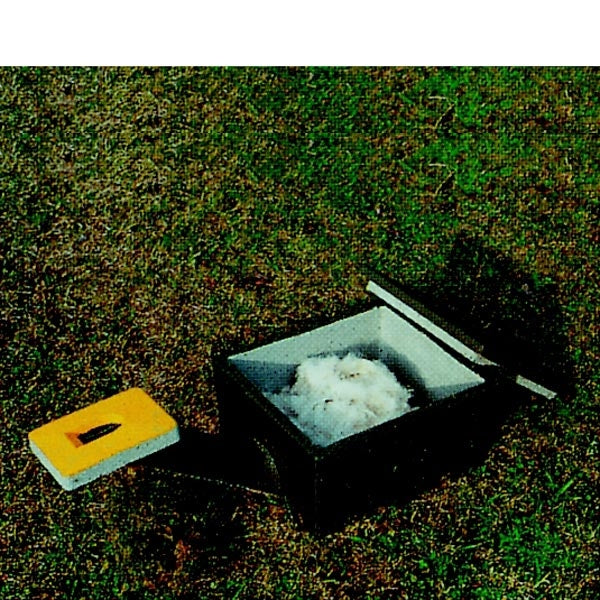

How You Can Help Them
Most important is the bees’ food source – the right plants to attract bumblebees to your garden are in general, native English cottage-garden style flowers such as honeysuckle, clematis and geraniums alongside herbs like rosemary and thyme. Gardens cover more than one million acres in the Unied Kingdom, presenting a great opportunity to provide food for bumblebees. Minimal use of insecticides, and if you have the space, an untended ‘wild’ area sown with plenty of wildflowers, are positive ways to attract and assist these necessary and endangered insects. Also, a well placed artificial bee home or bee hotel in your garden can provide a useful nesting site where more natural choices are unavailable.
Related Internet Link:
Ark Wildlife is not responsible for the content of external websites






